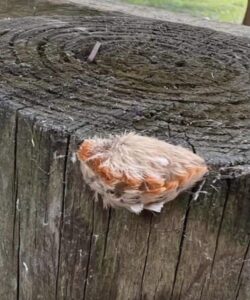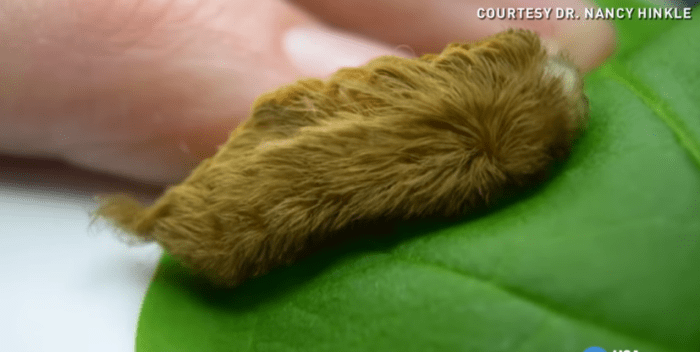
Photo Credit: USA Today/Youtube
In a picturesque Gwinnett County park, Leslie Howe and her children recently had a brush with a creature that wouldn’t be out of place in a sci-fi movie. Fortunately, their choice to observe rather than touch kept them out of harm’s way.
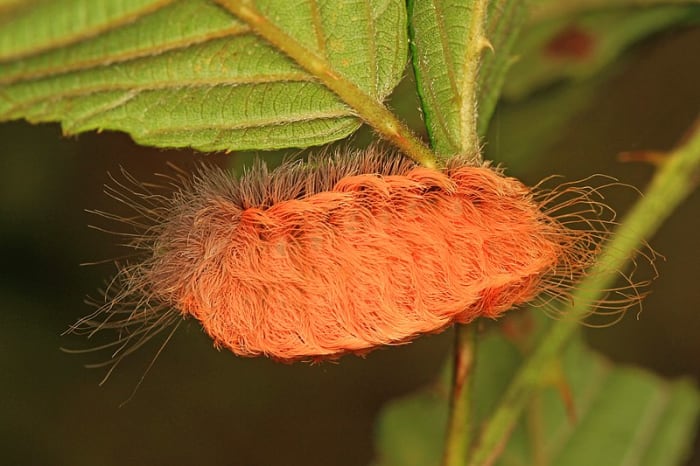
Photo Credit: Wikimedia
Howe vividly described her astonishment, saying, “I’ve never seen anything like that before. It looked like a cross between a rodent and a caterpillar.” With her infant safely cradled in her arms, she instinctively reached for her cell phone to capture the surreal encounter.
Little did she know that this intriguing creature she was filming was a venomous puss caterpillar. The children, drawn by curiosity, moved in closer to get a better look.
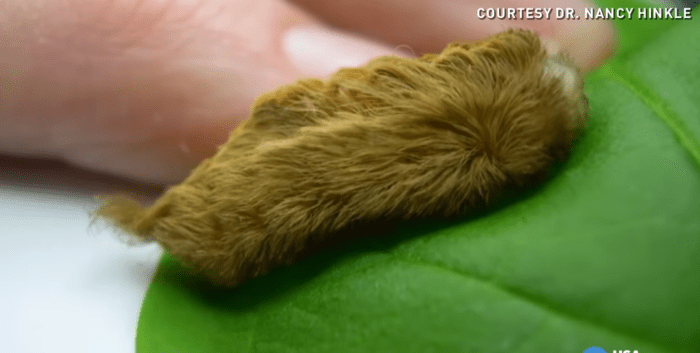
Photo Credit: USA Today/Youtube
Howe wisely reflected, “That could have been extremely painful for one of them — especially the baby. I don’t know what kind of harm it could have done.”
This odd creature earned its moniker, the “puss caterpillar,” due to its fur-like appearance, reminiscent of a cat’s coat. However, beneath this seemingly benign exterior are tiny spines, poised to deliver a potent venomous sting. The pain inflicted by these spines rivals that of a wasp or even a jellyfish.
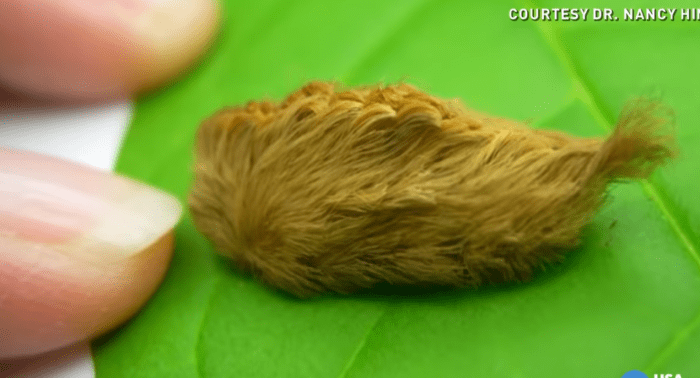
Photo Credit: USA Today/Youtube
Dr. Nancy Hinkle, an entomologist from the University of Georgia, shared her expert insight: “The pain begins to throb, and sometimes you can feel it moving up the limb.” She emphasized the importance of maintaining a safe distance from these creatures. In no uncertain terms, her message is clear: “Don’t touch them.”
While puss caterpillars are native to the Southeastern United States, they usually inhabit treetops, far from human reach. However, recent encounters have led to warnings in states like Texas and Florida. In North Carolina, a child’s unfortunate encounter with a puss caterpillar resulted in a trip to the doctor.
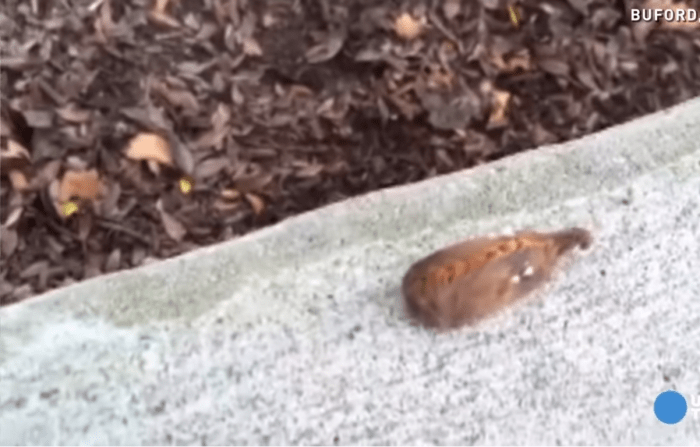
Photo Credit: USA Today/Youtube
Dr. Hinkle offered guidance on how to deal with a puss caterpillar sting, recommending the use of scotch tape to remove the embedded spines from the skin and applying ice to alleviate the discomfort. In extreme, albeit rare cases, a puss caterpillar sting can lead to symptoms such as sweating, nausea, and necessitate a visit to the doctor.
Fortunately, Leslie Howe and her children’s close encounter with the otherworldly puss caterpillar was one of amazement and wonder, not of pain and distress. Their story serves as a reminder to all of us to appreciate the awe-inspiring diversity of nature, but to do so with a safe and cautious approach.
Sources: 11Alive
